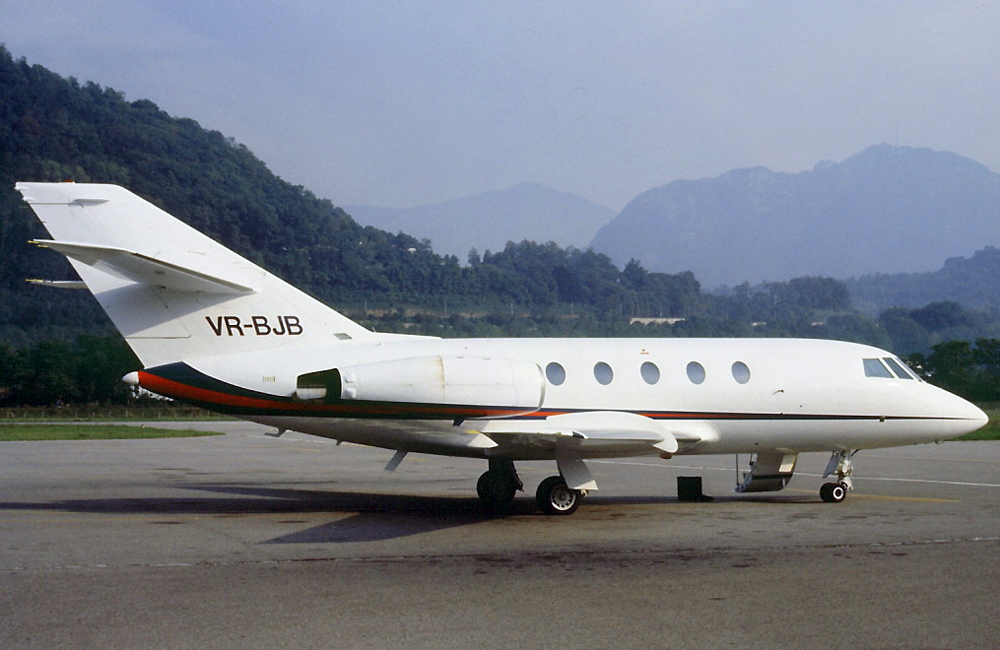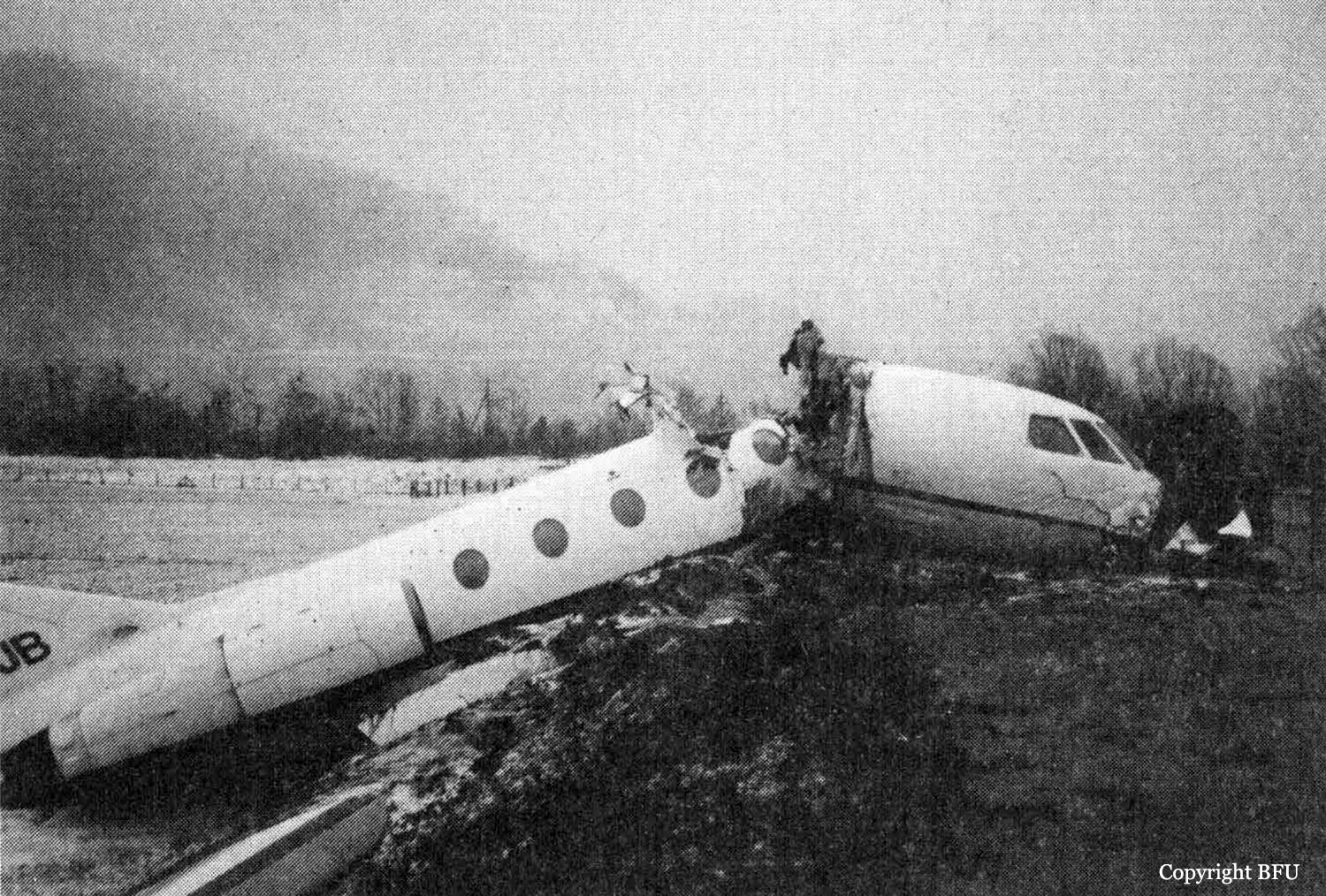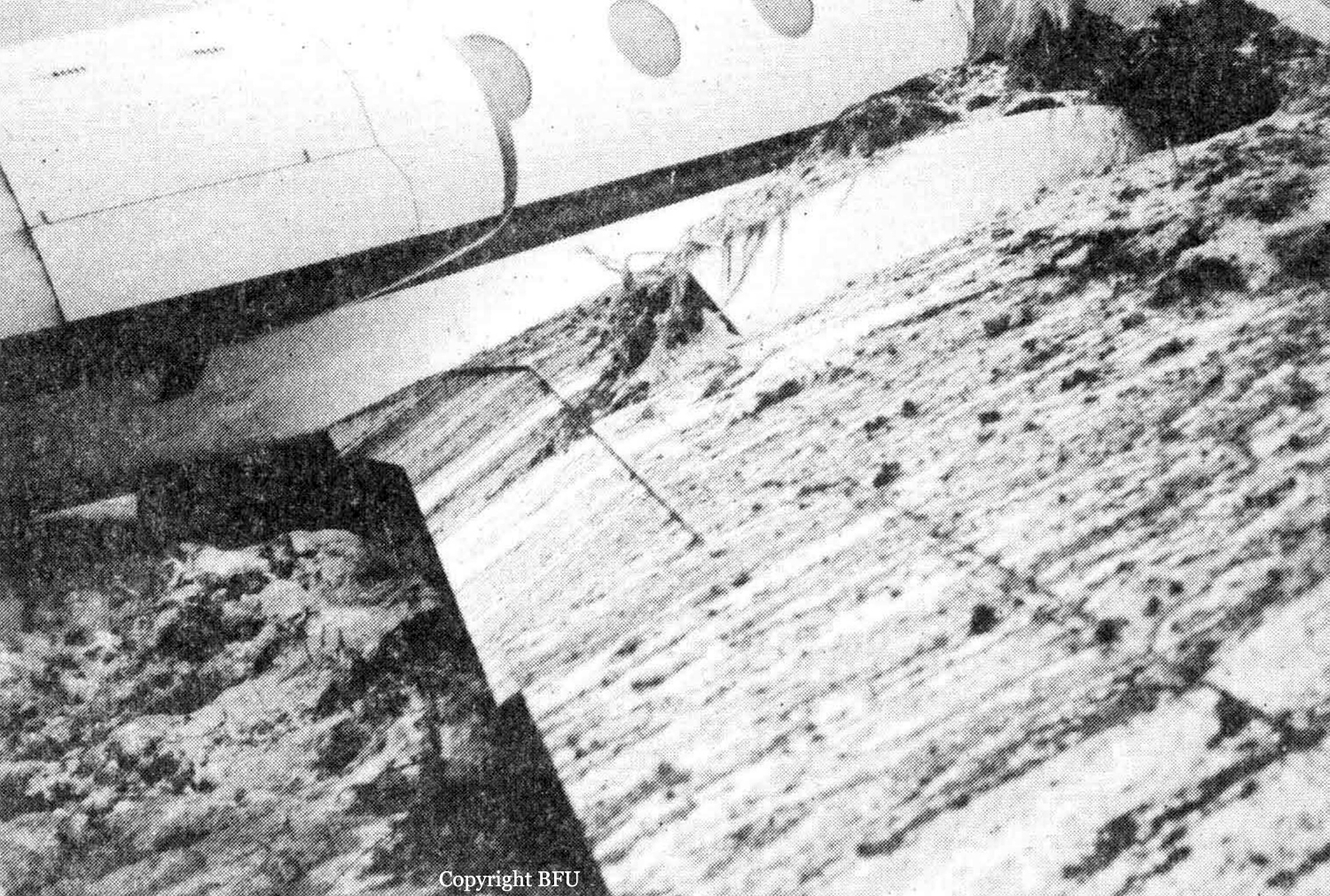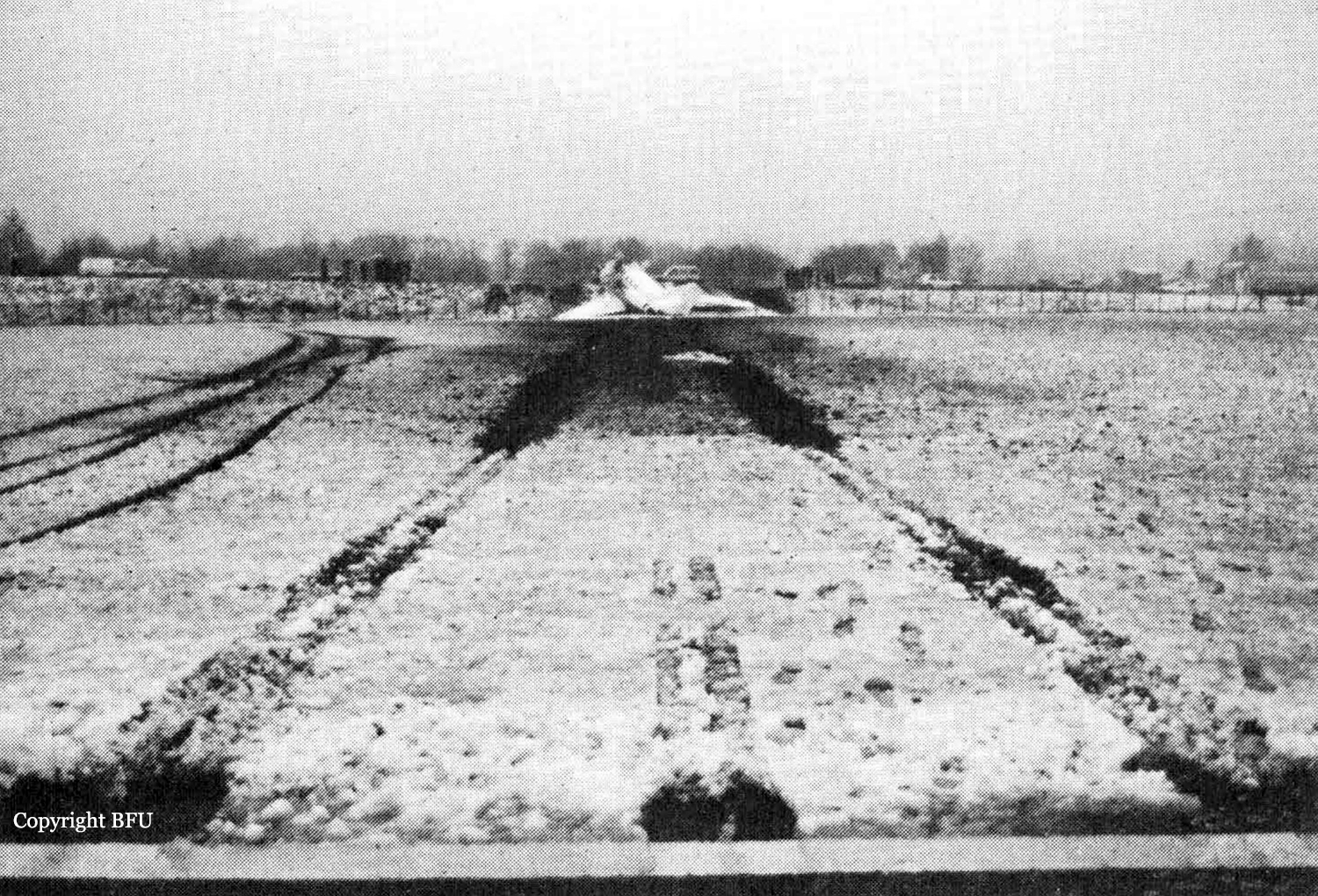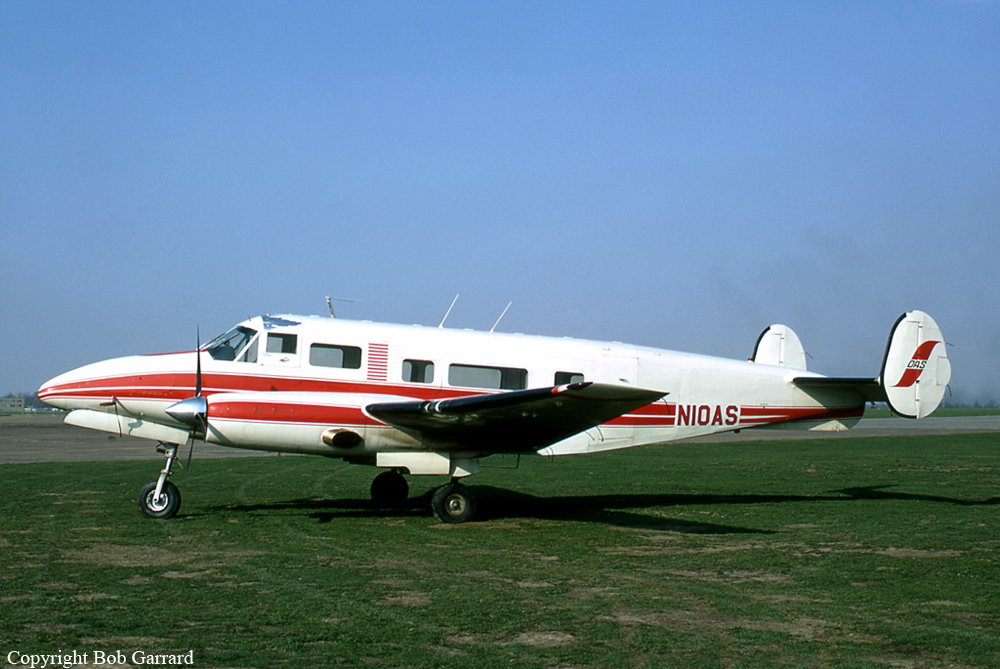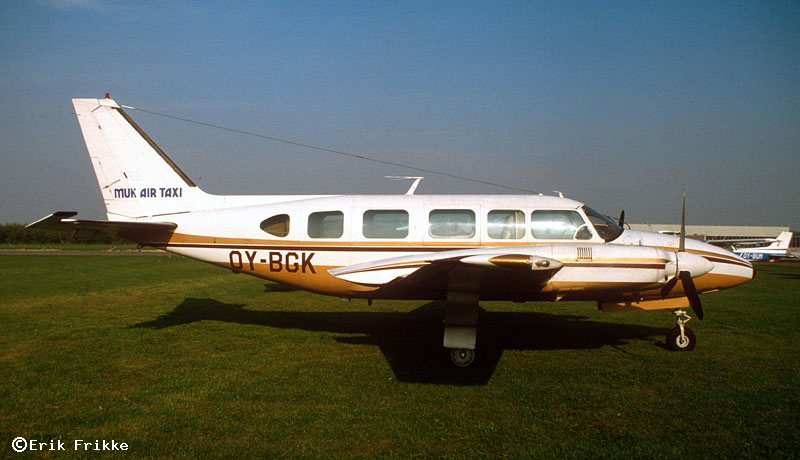Crash of a Beechcraft E18S in Cynthiana
Date & Time:
Apr 29, 1988 at 1230 LT
Registration:
N300W
Survivors:
Yes
Schedule:
Rochester – Louisville – Huntsville
MSN:
BA-92
YOM:
1955
Crew on board:
1
Crew fatalities:
Pax on board:
0
Pax fatalities:
Other fatalities:
Total fatalities:
0
Captain / Total hours on type:
900.00
Aircraft flight hours:
9048
Circumstances:
The pilot was repositioning the airplane from an on-demand air taxi freight flight. He was en route from Rochester, NY to Huntsville, AL with a planned refuel stop at Louisville, KY. Near Falmouth, KY he changed his destination to Lexington 'due to a developing engine problem'. He saw the airport at Cynthiana and elected to land there. While on downwind, he noted the left engine cowling turning black and on base noted flames from the left engine. He reptd shutting the engine down and feathering the propeller but did not activate the fire extinguisher. During the landing roll, the airplane departed the runway to the right, and collided with the airport wind 't', a pole and a 't' hangar. Post accident investigation revealed that the left prop was not feathered and the fuel was not shut off. The left brake was ineffective due to fire damage. The evidence indicated that the fire began in the vicinity of the left engine accessory section. The specific fuel source of the fire was not identified.
Probable cause:
Occurrence #1: fire
Phase of operation: approach - vfr pattern - downwind
Findings
1. 1 engine
2. (c) fluid, fuel - leak
3. (f) fire extinguishing equipment - not used - pilot in command
4. (f) procedures/directives - not followed - pilot in command
----------
Occurrence #2: on ground/water collision with object
Phase of operation: landing - roll
Findings
5. (f) landing gear, normal brake system - burned
6. Object - airport facility
7. Object - pole
8. Object - building (nonresidential)
Phase of operation: approach - vfr pattern - downwind
Findings
1. 1 engine
2. (c) fluid, fuel - leak
3. (f) fire extinguishing equipment - not used - pilot in command
4. (f) procedures/directives - not followed - pilot in command
----------
Occurrence #2: on ground/water collision with object
Phase of operation: landing - roll
Findings
5. (f) landing gear, normal brake system - burned
6. Object - airport facility
7. Object - pole
8. Object - building (nonresidential)
Final Report:



